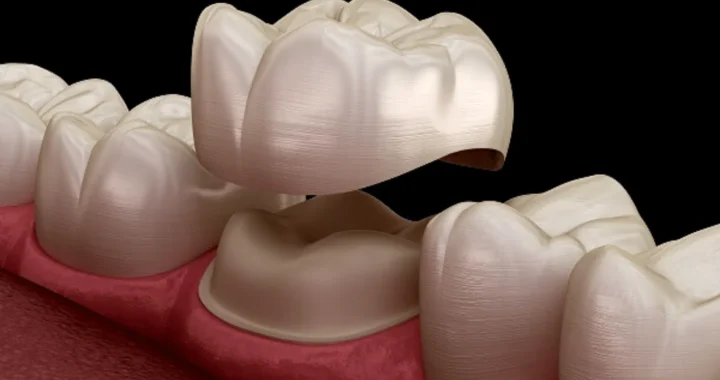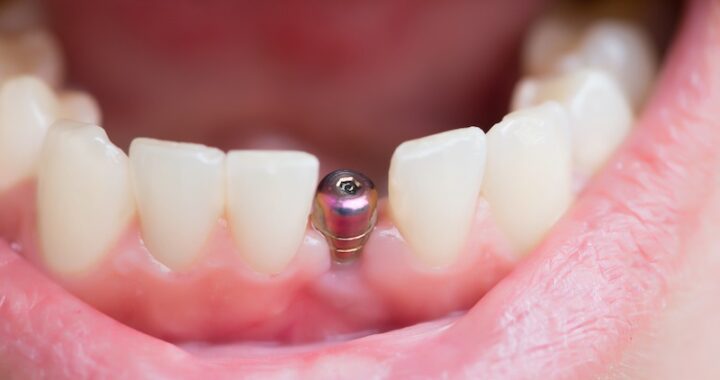The Benefits of Active Physiotherapy: A Guide

It’s possible that scheduling your first visit for physiotherapy will give you butterflies. The field of physiotherapy explores the reasons behind why it is so successful in assisting people of all ages in recovering from a wide variety of medical operations and coping with the aftereffects of such procedures.
- Active Physiotherapy is highly beneficial for a wide range of conditions, including those involving the skeleton, joints, muscles, neurological system, cardiovascular system, respiratory system, and digestive system, to name a few. Recent studies have shown that physiotherapy can aid in recuperation, speed up the healing process, and avoid additional injury.
- Rehabilitative physiotherapy is a low-impact treatment. The physiotherapist will brief you on what to expect before, during, and after the treatment, as well as provide guidelines for typical responses. Talk to your physiotherapist right away if anything is bothering you.
- Physical therapy is a team effort. As things progress, you will be kept in the loop. This is not a problem that can be solved using a cookie-cutter method.
- Invigorating Physical Therapy. Taking an active role in your treatment, by performing the specified exercises and actions, should lead to improved health and the ability to resume a more normal, active lifestyle. Your physical therapist’s job is to teach you how to take care of your injury so you don’t hurt it any more.
- A holistic approach entails considering the full individual. Concerns and fears about one’s condition or problem are normal reactions. Physiotherapists have received extensive training to cater to each patient’s unique set of circumstances. They’ll find the most efficient path to your healing for you.
- You can start doing more after consulting with a physiotherapist. Most conditions can benefit from gentle movement as an adjunct to treatment, since it helps mend tissues, reduces discomfort, and aids in recovery.
Exercise with a minimal impact:
- Walking is a great cardio and muscle-toning exercise. You can strengthen your core by going on walks on uneven terrain outside, but if that’s too taxing on your body, you can get the same benefits by using a cross-trainer in the gym.
- Swimming is an excellent way to strengthen your muscles and increase your cardiovascular endurance. Pool walking is a fantastic low-impact workout that doesn’t require you to know how to swim.
- When performed under a doctor’s supervision, weight training (also called resistance training) helps speed up the recovery process and keep joints mobile by strengthening muscles, ligaments, and tendons. Seek the guidance of an expert at all times.
- Physical conditioning with yoga and Pilates. Flexibility, strength, pain alleviation, and relaxation are just some of the benefits of practicing Pilates and yoga. Tell your teacher about your illness right away so they can adjust the workouts so you can do them.


 Innovations in Health Screenings: Exploring the Latest Technologies in Clinic Services
Innovations in Health Screenings: Exploring the Latest Technologies in Clinic Services  Dental Crowns –Restoring Strength, Function, And Aesthetics.
Dental Crowns –Restoring Strength, Function, And Aesthetics.  One-Person Wonder: Making Waves in the Massage Industry in Gunma
One-Person Wonder: Making Waves in the Massage Industry in Gunma  How Cataract Surgery in Nashville Improves Vision and Quality of Life
How Cataract Surgery in Nashville Improves Vision and Quality of Life  Maintaining Oral Health: The Role of Dentists in Richmond
Maintaining Oral Health: The Role of Dentists in Richmond  How to Choose the Best Implant Dentist in Sheffield: A Guide
How to Choose the Best Implant Dentist in Sheffield: A Guide